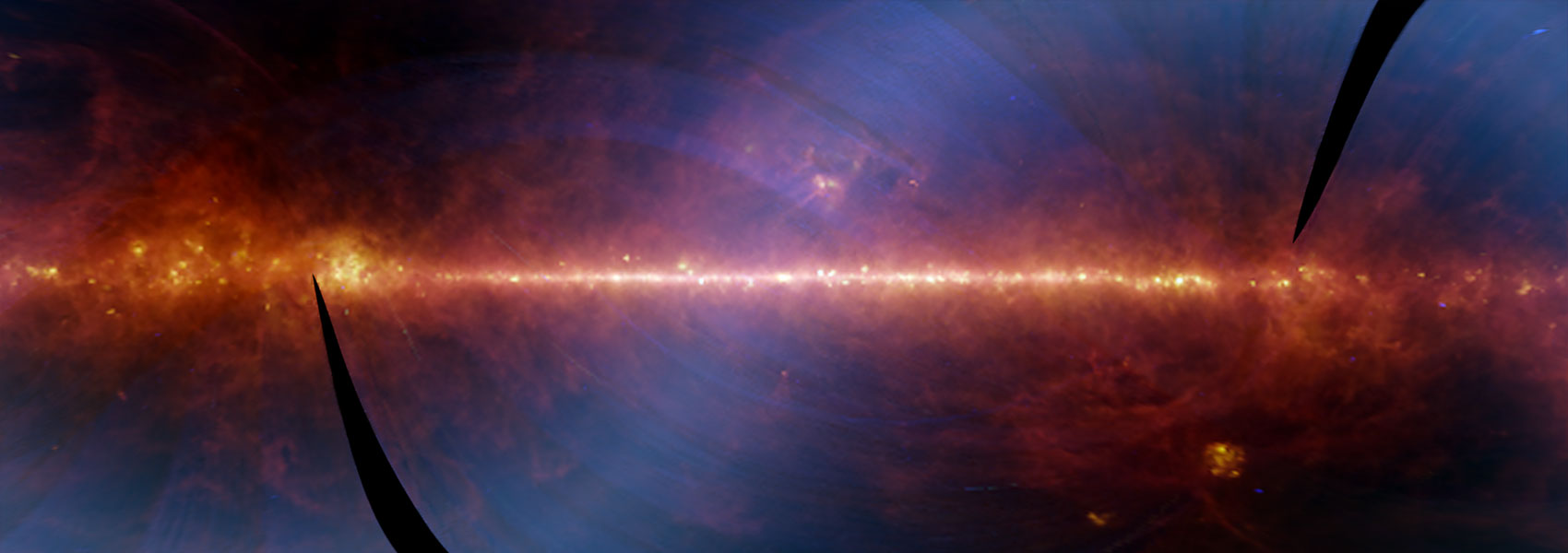Our four undergraduate student interns, sponsored by the UC Riverside FIELDS program, will give summaries of their projects.
Interactive Visualization and Analysis of Spectral Energy Distributions in the NASA/IPAC Extragalactic Database
Edward Hernandez working with Joseph Mazzarella and Rick Ebert.
The NASA/IPAC Extragalactic Database (NED) is an information system that provides a comprehensive fusion of multi-wavelength data for hundreds of millions of objects located beyond the Milky Way galaxy. As new data are published in the NASA astrophysics mission archives, journal articles, and sky survey catalogs, the sources are cross-identified with known objects, key parameters are integrated into a unified database, and derived quantities are computed. The query services facilitate and accelerate scientific research by astronomers and students around the world. The primary goal of this project is to develop an interactive data visualization tool for the purpose of studying galaxy SEDs. This new prototype interface is intended to replace the static graphics currently provided by NED’s photometry query service, and include methods to easily zoom and pan, change axis units, vary symbols depending on other properties of the data, and compare the SEDs of two or more galaxies. An option to show the presence of spectral line measurements, and the ability to filter (include/exclude) photometric data points to “clean” the SED for model fitting and analysis are also in development. A secondary objective is to build a more intuitive and interactive version of the graphics currently presented in the NED galaxy environment tool. Specific goals are to replace the static views of different volumes of space with a single view that allows the user to zoom, pan and change perspective, and adjust the range of recessional velocities shown. A new interactive 3D visualization is also in development.This will facilitate greater understanding of galaxy environments, specifically their relative velocities and orientations with respect to galaxy clusters, superclusters, and voids in the cosmic web.
Deducing the Mass Function of Field Brown Dwarfs from WISE
Alfred Cayago working with Davy Kirkpatrick
Brown Dwarfs (BDs) are objects that fall at the low-mass tail of the stellar population. A problem with effectively developing a Mass Function (MF) for BDs is their characteristic to continually cool over time without reaching a stable temperature, so their observed temperature or spectral type cannot be uniquely mapped back to a mass. The purpose of the project was to find a MF within the range of 0.01 Mʘ ≤ M ≤ 0.1 Mʘ, that can successfully replicate the observed space density of WISE late-T and Y dwarfs. To simulate a galaxy, a constant birthrate was used to generate objects through a span of 10 Gyr. A combination of inverse transform sampling and Monte Carlo simulations were used to generate 3 million objects from a variety of MFs: single power laws, two-part power laws, and a log- normal. Each simulated object was then assigned a birth time. To obtain the Teff (K), both the object’s mass and time of birth were linearly interpolated to a corresponding temperature using the COND evolutionary model grid of Baraffe et al (2003). The corresponding Teff (K) distributions were normalized to match the known stellar density in the 2700-2800K bin, plotted, and compared to the observed distribution of Teff (K) from the WISE data. Results show that neither the single power law or log-normal match the observed distribution nearly as well as a carefully selected Kroupa-style two-part power law.
Data-driven research with NASA/IPAC Extragalactic Database
Michael Randall working with Joseph Mazzarella and Rick Ebert
Our Universe exhibits a largely hierarchical structure. Galaxies are grouped into pairs and triplets, pairs and triplets are often within groups, and so on until the largest groupings of superclusters. These massive superclusters are a part of a larger network including“filaments” and “voids”; aptly named for their appearance as ‘string - like’ structures and large “empty” spaces. These structures constitute the “Cosmic Web”. It is proposed that where a galaxy is located in this hierarchy may have a large impact on its characteristics. Namely, a galaxy’s environment may affect its formation history, its star formation rate, and the activity of its nucleus. To search for correlations, if any, between galaxy properties and environments, we focus on a specific sample of local, active galaxies. As a starting point, we are examining the relationship between galaxy characteristics (such as luminosities, flux color ratios, and peculiar velocities) and environment density as provided by the NASA/IPAC Extragalactic Database (NED). Preliminary results suggest some correlation between a galaxy’s environment and its characteristics, which is being further investigated. Challenges related to incompleteness of redshift surveys and ambiguous object types will be discussed. This presentation will address these challenges, the suggested correlation, and future plans to continue this research.
Visualizing the Galaxy: Montage and Large-Scale Mosaics
Angela Lerias working with Bruce Berriman.
Montage is a toolkit used to create custom mosaics using Flexible Image Transport System (FITS) images. With an emphasis on accuracy, performance and portability, Montage allows its users to produce large scale mosaics with ease and efficiency. Its has been used to create an infrared atlas of the Galactic Plane at 16 wavelengths. My responsibility this summer has been to analyze this Atlas to create a catalog of defects and anomalies in the processing flows and in the original data. This catalog will be used as part of the user documentation for the Atlas, and will also be used to create documentation for Montage users on the problems that can arise in creating large scale mosaics. I have also been creating browse versions of the full-resolution atlas images for visualization. My scripts will be used as the basis for creating tutorials that will show users how to create such images.



